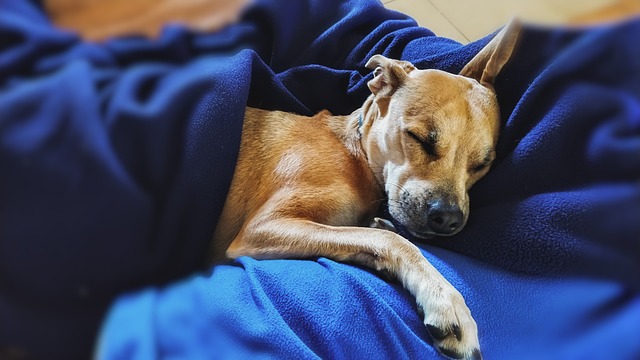



Socialization is crucial for any dog, but it is especially important for pitbulls due to their strong and sometimes misunderstood reputation. Start socializing your pitbull from a young age by exposing them to different environments, people, and animals. This will help them become comfortable and confident in various situations, including interactions with other dogs.
Take your pitbull to puppy socialization classes, where they can interact with other puppies and learn appropriate social skills. Gradually expose them to different types of dogs, including different sizes, breeds, and temperaments. This will help them learn how to communicate and interact appropriately with other dogs.
When introducing your pitbull to other dogs, it is important to do so gradually and in a controlled environment. Start by introducing them to calm and well-behaved dogs that you know are friendly and tolerant. Choose a neutral location, such as a park or a friend's backyard, where neither dog feels territorial.
Keep the initial interactions short and positive. Allow the dogs to sniff each other and observe their body language closely. If both dogs are relaxed and showing signs of friendliness, you can gradually increase the duration of their interactions. Always monitor the interactions closely and be ready to intervene if necessary.
Positive reinforcement training techniques are highly effective in promoting a peaceful coexistence between your pitbull and other dogs. Reward your pitbull for calm and appropriate behavior around other dogs, such as sitting or staying calm when another dog approaches.
Use treats, praise, and toys as rewards to reinforce positive behavior. This will help your pitbull associate other dogs with positive experiences and encourage them to behave appropriately during interactions.
Always supervise interactions between your pitbull and other dogs, especially in the beginning stages of their relationship. Even if your pitbull is well-socialized, it is important to closely monitor their interactions to ensure that they remain positive and safe.
Watch for any signs of aggression or discomfort from either dog, such as growling, raised hackles, or stiff body language. If you notice any signs of tension, separate the dogs and give them a break. It is better to err on the side of caution and prevent any potential conflicts.
Pitbulls are energetic and intelligent dogs that require plenty of exercise and mental stimulation. A tired dog is generally a well-behaved dog, so make sure to provide your pitbull with regular exercise to help them release any pent-up energy.
Engage in activities such as daily walks, runs, or play sessions to keep your pitbull physically active. Additionally, provide them with mental stimulation through puzzle toys, obedience training, or interactive games. A mentally stimulated pitbull is less likely to exhibit behavioral issues during interactions with other dogs.
As a pitbull owner, it is your responsibility to be a responsible owner and advocate for your dog. This includes being aware of your pitbull's behavior and body language, as well as understanding their limitations and triggers.
Be proactive in managing your pitbull's interactions with other dogs. If you know that your pitbull is not comfortable around certain types of dogs or in certain situations, avoid those situations or take extra precautions to ensure their safety and the safety of other dogs.
Additionally, educate others about pitbulls and help dispel any misconceptions or stereotypes. By being a responsible owner and advocate, you can help create a more positive environment for pitbulls and promote peaceful coexistence with other dogs.
If you are having difficulties with your pitbull's behavior around other dogs, do not hesitate to seek professional help. A professional dog trainer or behaviorist can provide guidance and support in addressing any behavioral issues and helping your pitbull develop positive relationships with other dogs.
They can assess your pitbull's behavior, provide personalized training plans, and offer valuable advice on how to manage and improve their interactions with other dogs. Remember, seeking professional help is not a sign of failure but rather a proactive step towards ensuring a peaceful coexistence for your pitbull and other dogs.
In conclusion, the coexistence of pitbulls with other dogs is possible with proper socialization, gradual introductions, positive reinforcement training, supervision, exercise, responsible ownership, and professional help if needed. By following these tips, you can help foster a peaceful relationship between your pitbull and other dogs, promoting harmony and understanding in the dog community.
Related posts